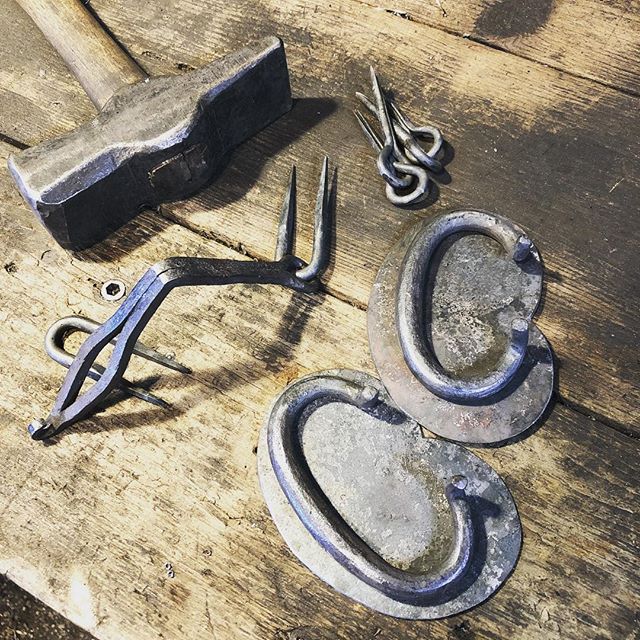Creating custom hardware and fittings is a skill that has been passed down through generations of blacksmiths. In today’s modern world, the art of blacksmithing has evolved to meet contemporary needs while still maintaining its traditional roots. Whether you are a DIY enthusiast or a professional blacksmith, there are several key aspects to consider when creating custom hardware and fittings.
1. Understanding the Purpose
The first step in creating custom hardware and fittings is understanding their purpose. Are you looking to create decorative pieces or functional ones? Will they be used for furniture, doors, windows, or other applications? Having a clear idea of what you want to achieve will guide your design choices and ensure that the end result meets your expectations.
2. Choosing the Right Materials
Selecting the right materials for your project is crucial for both aesthetics and functionality. Traditional blacksmithing often involves working with iron or steel due to their strength and durability. However, modern advancements have introduced various alloys like stainless steel, brass, copper, and aluminum into the mix. Each material has its own unique characteristics, so it’s important to choose one that suits your project’s requirements.
3. Designing Your Pieces
Once you have determined the purpose and chosen materials, it’s time to design your custom hardware and fittings. This step involves sketching out ideas on paper or using computer-aided design (CAD) software if you prefer digital tools. The design should incorporate both form and function – ensuring that it not only looks appealing but also fulfills its intended use effectively.
4. Mastering Basic Blacksmithing Techniques
Before diving into complex projects, it’s essential to master basic blacksmithing techniques such as forging, bending, twisting metal bars using tongs over an open fire furnace (forge). These skills will serve as building blocks for more intricate designs later on.
5. Utilizing Specialized Tools
Blacksmiths rely on specialized tools designed specifically for shaping and manipulating metal. Some essential tools include anvils, hammers, tongs, chisels, punches, and drifts. Investing in quality tools is crucial for achieving precise and professional results.
6. Heat Treatment and Finishing
Heat treatment techniques like annealing, quenching, tempering, and case hardening are essential for enhancing the strength and durability of your custom hardware and fittings. Additionally, applying a suitable finish will protect the metal from corrosion while adding aesthetic appeal. Common finishes include black oxide coating, powder coating, patina coloring techniques or simply polishing the metal to a high shine.
7. Collaboration with Other Craftsmen
Creating custom hardware often involves collaborating with other craftsmen such as carpenters or furniture makers who may require specific fittings for their projects. Collaborating allows you to exchange ideas and expertise while ensuring that your creations seamlessly integrate into larger designs.
8. Embracing Modern Technology
While traditional blacksmithing techniques form the foundation of creating custom hardware and fittings, embracing modern technology can significantly enhance efficiency in design and production processes. CAD software allows for intricate 3D modeling before starting work on physical pieces. Additionally CNC machines can be used to mass-produce intricate designs accurately.
9. Continuous Learning
Blacksmithing is an ever-evolving craft where there’s always more to learn – whether it’s experimenting with new materials or mastering advanced techniques like joinery or riveting methods to create complex assemblies of multiple components.
10. Showcasing Your Work
Once your custom hardware pieces are complete, showcase them proudly! Share your creations on social media platforms dedicated to blacksmithing or exhibit at local art shows/fairs in order to garner recognition for your skills while attracting potential clients who appreciate handmade craftsmanship.
In conclusion, creating custom hardware and fittings requires a combination of artistic vision along with technical skills rooted in traditional blacksmithing techniques passed down through generations. By understanding their purpose, choosing the right materials, and utilizing specialized tools, blacksmiths can transform raw metal into beautiful and functional pieces. Embracing modern technology and continuously learning new techniques will keep this ancient craft thriving in the modern world.
